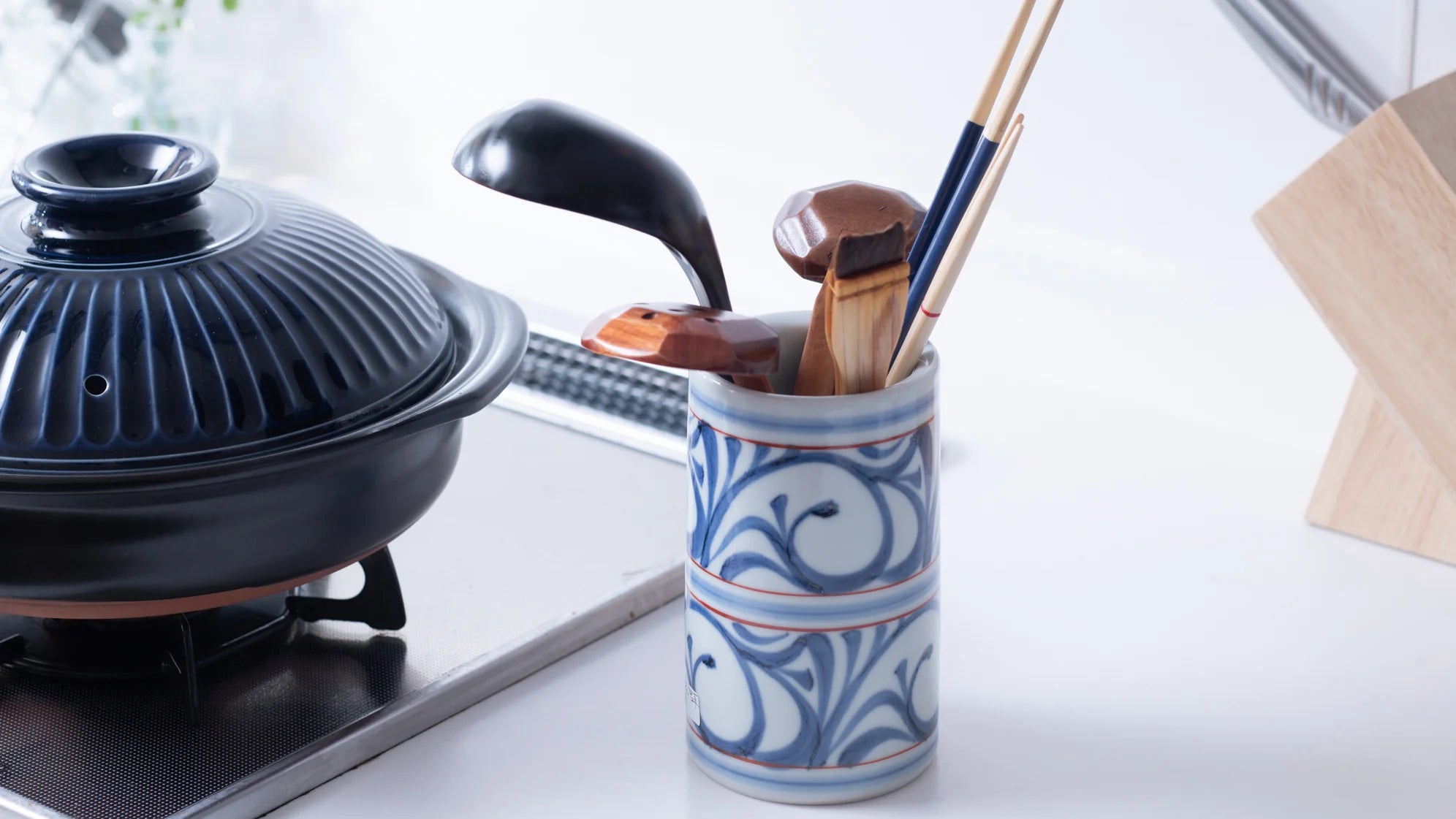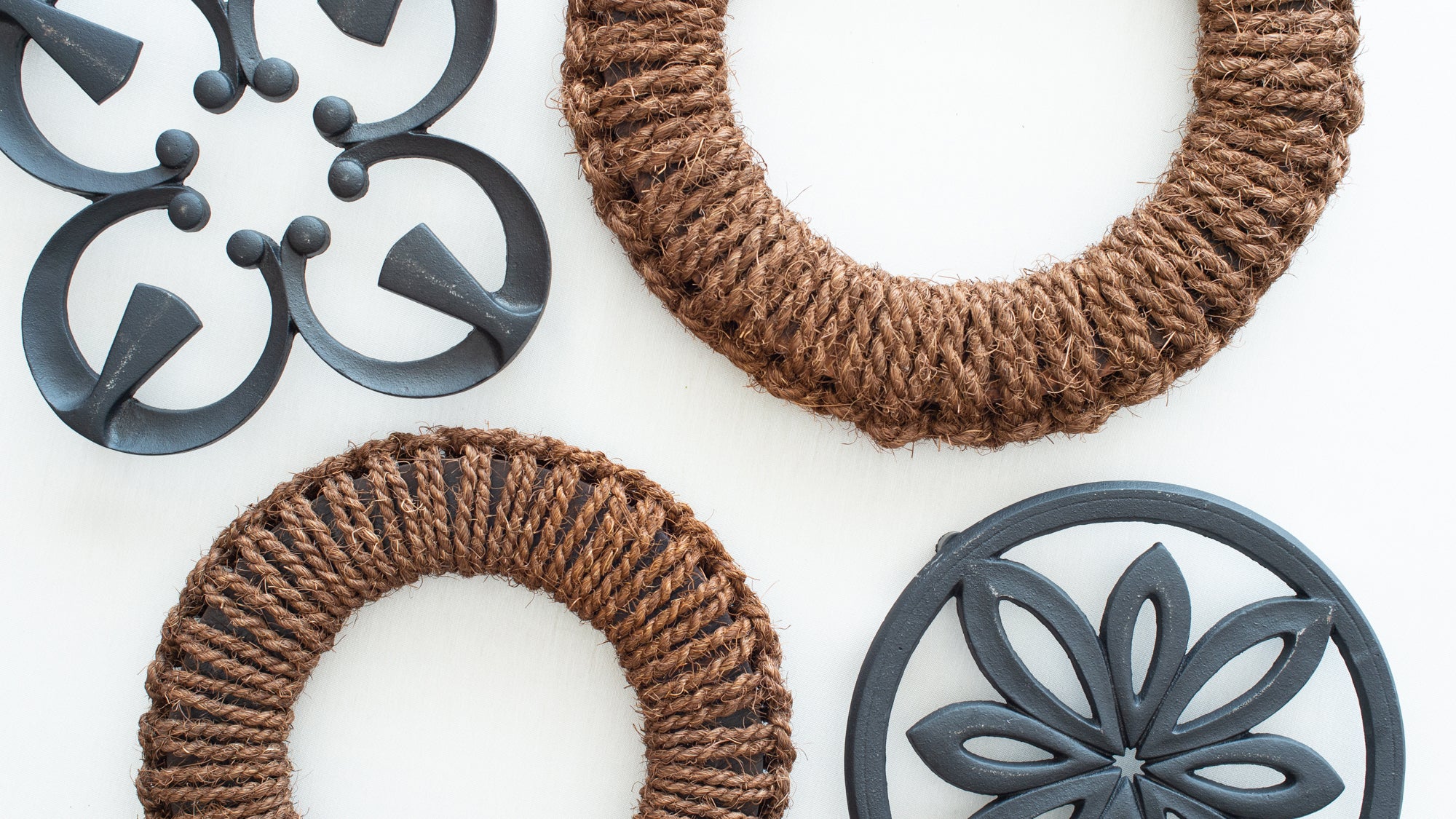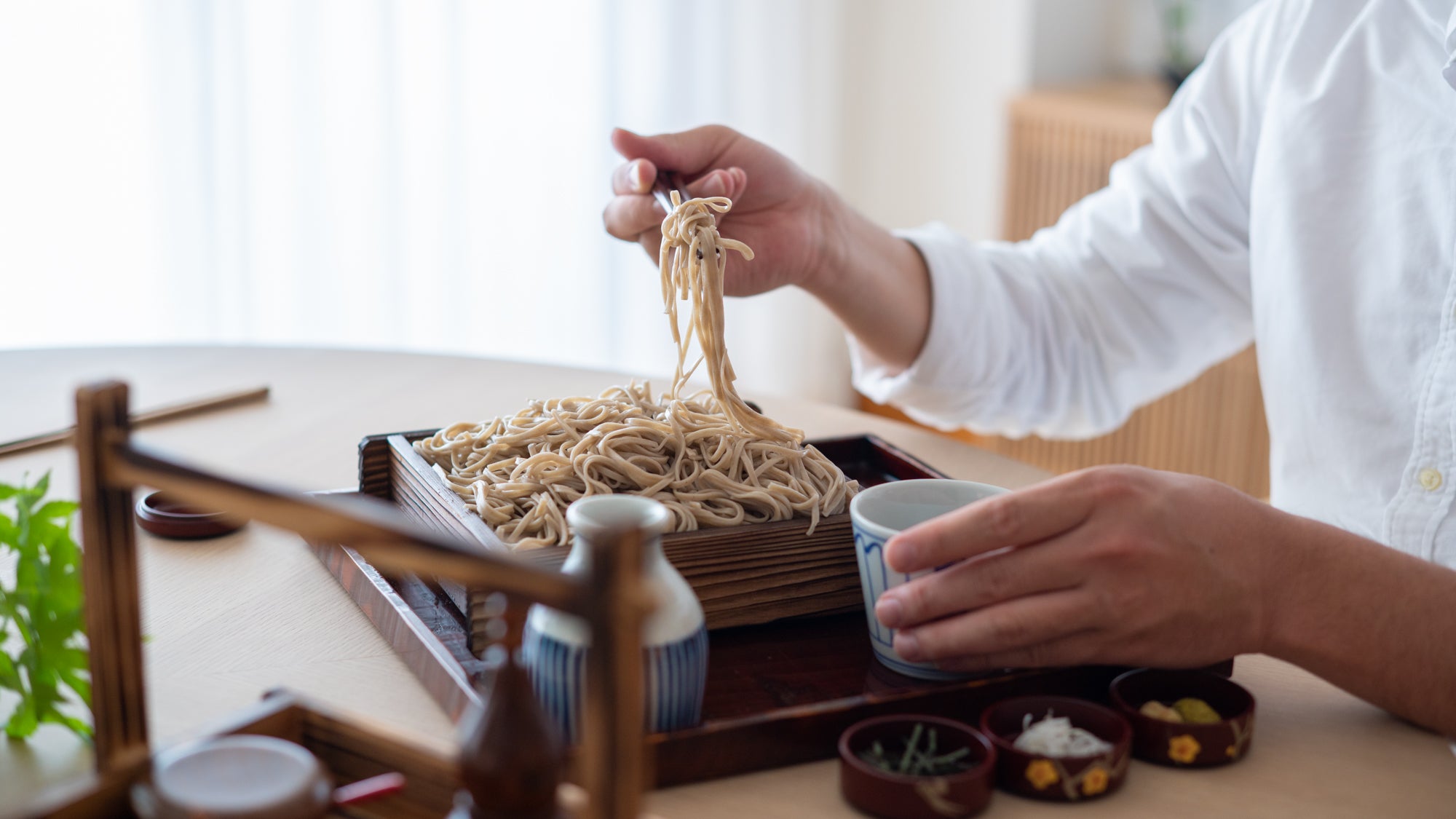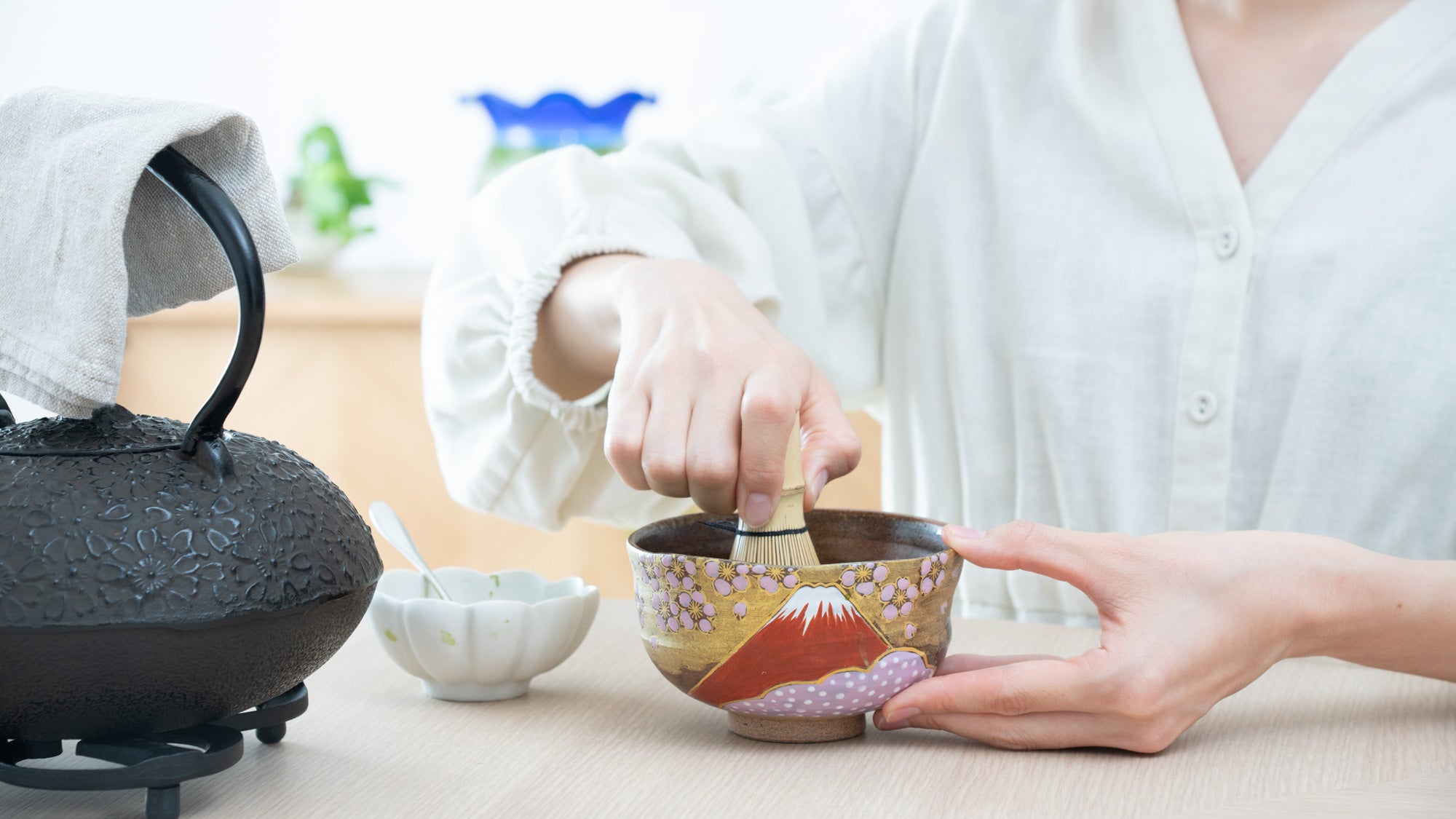23 May 2023
A Step-by-Step Guide for Ikebana Beginners
Part 1


If you are an admirer of Japanese vases, you might have wondered how to truly make them shine by adding a beautiful floral arrangement. At MUSUBI KILN, we often decorate using vases with seasonal flowers for table settings, and photo shoots. But at times, we are uncertain as to whether the flowers we have selected are the perfect complement for the vase or arranged in a way that brings out its beauty.
So, we felt it was time to learn from a professional. We sought the expertise of an ikebana "sensei" from the Ohara School of Ikebana to learn how to decorate flowers in Japanese vases and to use a kenzan, a Japanese style flower frog.
In this 3-part blog, we will provide information about techniques and basic principles behind this ancient Japanese art form and show you how we actually fared at our first ikebana challenge. Get ready to explore a world of artistry and self-expression, and learn how to spruce up your home with seasonal flowers in Japanese vases.
Contents
- Our "Sensei"
- History
- Fundamental Principles-The Proper Mindset
- Preparation - Getting Ready
- Composition and Techniques
- On to the Next Stage
Our "Sensei"

Ms. Matsuki was our sensei for the ikebana lesson. Matsuki sensei is a very skilled and experienced instructor from the Ohara School of Ikebana, one of the three major schools of ikebana. She had previously taught ikebana to foreigners and was very familiar with the differences between the basics of Western style floral arrangements and ikebana.
The Ohara school originated in the late 19th century when Ohara Unshin created a new style of flower arrangement and opened the way for modern Ikebana. The iconic style known as "Moribana," where flowers are arranged in a flat wide vessel with a kenzan (metal flower frog) was introduced by Unshin.
History
Matsuki sensei first gave us a brief introduction to the history of ikebana.
The origin of ikebana dates back to about the middle of the 6th century where flowers were offered as a Buddhist practice. Ikebana was enjoyed mainly by nobles and families of the samurai class, but by the Edo period (c. 1603-1867) commoners also began to enjoy ikebana to decorate their homes.
In the 20th century, after which the Ohara School of Ikebana was established, ikebana continued to evolve as a traditional art by adapting itself to suit changing times and cultural shifts, while still staying true to its fundamental principles.
Fundamental Principles-The Proper Mindset
Next, we learned about some fundamental pointers regarding the proper mindset needed to create beautiful flower arrangements with Ikebana.
1)Return to nature
Ikebana lies in the idea of "returning to nature." The basic approach is to arrange flowers in a way you may see wildflowers growing in its natural environment.
2)Observance, decisiveness and imagination
Observing the natural world around you can inspire unique and creative arrangements.
Being decisive about which materials to use and how to place them is key as it is difficult to remove the flowers once they are placed in a vase.
Using your imagination to visualize the finished arrangement can help you bring your ideas to life. Let your creativity blossom!
3)Patience and Experience
Ikebana is not an art that can be mastered overnight. It takes patience and experience to discover what kind of flowers and compositions work well for different types of vases under differing conditions. It is important to keep trying and challenging yourself with various materials using various vases.
Preparation - Getting Ready
Here are the materials and items needed for ikebana.
Vase/Kenzan:
Matsuki sensei said that for beginners at the Ohara School, the starter flower vessel is usually a flat basin-like flower vessel with a kenzan.
But for our lesson, we asked Matsuki sensei to assist and guide us to decorate flowers with three vases from our store.
*When using a tall vase, there is no need to prepare a kenzan.

Flowers, branches and foliage set in a bucket:
To create a balanced arrangement, it is best to prepare flowers, branches and foliage. Matsuki sensei prepared an array of beautiful flowers, branches and greenery for our lesson. All were seasonal as expressing the beauty of the season is also an important element of ikebana.
The bucket should be deep enough so that you can place long branches and flowers. Flowers and greenery will stay fresher when they are set in a bucket of water while the arrangement is being made.

Floral Scissors and Towel:
Matsuki sensei prepared special metal scissors to cut the flowers and thick branches. The specially designed handles of the scissors are the signature design of the Ohara School.

Bowl:
This bowl is used when cutting the ends of any material you use before being placed in the vase. This will also keep the flowers remain fresh.

Composition and Techniques
Matsuki sensei explained that the composition of an ikebana arrangement is quite different from Western style floral arrangements and that understanding techniques will help us achieve the desired arrangement.

1)Composition
An ikebana arrangement always has a front side unlike Western style arrangements. And although there is a center, the total composition should not be symmetrical. The shape of the composition will vary slightly according to the vase you use.
As a guideline, for a vase with a kenzan, the height of the tallest or longest element in an arrangement should be about 1.5 or 2 times the width. For a standard vase, it should be about 1.5 or 2 times the height of the vase.

2)Cutting flowers and branches
When cutting the ends of flowers and branches, cut them on an angle and always cut them in water. This will help the flowers to stay fresh longer. There is no need to place them in water when snipping off small twigs and leaves.
3)Using a kenzan
When using a kenzan, hold the flower or branch by its end and gently insert into the needle of the kenzan.

4)Using a long flower or branch in a vase
A special technique is required to insert long branches and flowers at an angle into a deep vase. This technique was probably the most interesting (and most difficult) method for all of us.
As you cannot set a flower or branch on an angle in a vase, you need to bend the stem or branch so that it bends against the inner wall of the vase and protrudes out on an angle from the opening of the vase. See Part-3 of this blog for more details.

On to the Next Stage

Seeing all of us slightly overwhelmed by the abundance of information, Matsuki sensei kindly suggested, "Why don't we just give it a try?"
Follow us to the second part of this blog to see how our arrangements turned out and read about what we each discovered after a wonderful and challenging experience with ikebana.





























































































































































































































